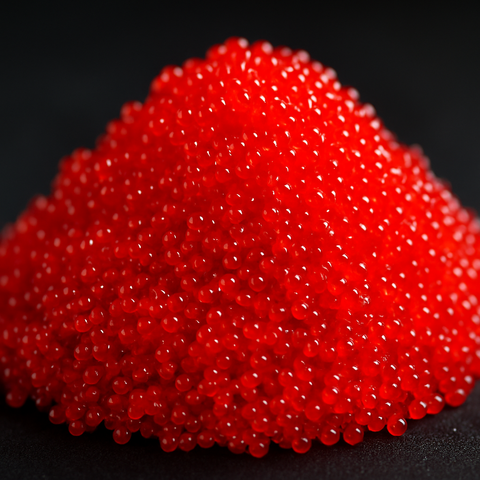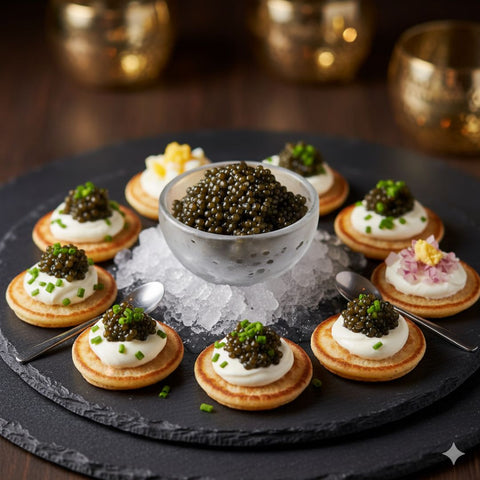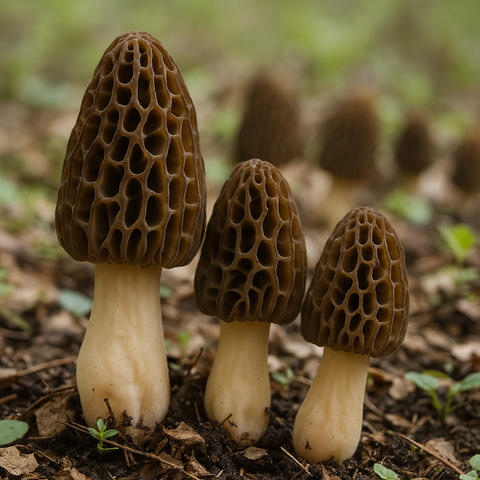When you think of sushi, one of the most striking toppings that comes to mind is tobiko—the tiny, jewel-like fish roe that bursts with color and flavor. Among its variations, red tobiko stands out for its vivid hue, crisp texture, and subtle briny sweetness. This delicacy is more than just a garnish; it is a staple of Japanese culinary artistry and an ingredient that bridges tradition with modern creativity.
What Is Red Tobiko?
Tobiko refers to the roe (eggs) of the flying fish. Naturally, these eggs are small, crunchy, and translucent, with a bright orange tone. Chefs often enhance their appearance and taste with natural seasonings, producing tobiko in colors such as black (with squid ink), green (with wasabi), golden (with yuzu citrus), and, of course, red—a striking crimson shade usually achieved with beet or other natural extracts.
Red tobiko is particularly popular because its bold color creates visual contrast on sushi rolls, nigiri, and appetizers. It’s not just about looks—the slightly smoky, salty flavor with hints of sweetness makes it a versatile addition to countless dishes.
Flavor Profile and Texture
Red tobiko delivers a delicate crunch that sushi enthusiasts crave. Each tiny pearl bursts lightly in the mouth, releasing a clean briny flavor reminiscent of the ocean. Unlike caviar, tobiko has a firmer shell, which gives it a satisfying pop and makes it ideal for both presentation and taste.
-
Taste: Mildly salty, with subtle sweetness and sometimes smoky undertones.
-
Texture: Crisp and crunchy, providing a delightful contrast to soft sushi rice and fish.
-
Appearance: Bright, translucent red—an eye-catching garnish.
Culinary Uses of Red Tobiko
One of the reasons red tobiko is beloved by chefs is its versatility. While sushi remains its most iconic use, this colorful roe also finds its way into a variety of dishes worldwide.
1. Sushi and Nigiri
Perhaps the most familiar sight is red tobiko sprinkled atop rolls like the California Roll or Dragon Roll. On nigiri, a thin sheet of nori (seaweed) is often wrapped around rice, topped with tobiko for a stunning presentation.

2. Fusion Cuisine
Beyond traditional Japanese dishes, chefs incorporate red tobiko into fusion creations such as pasta, poke bowls, and even gourmet canapés. Its crunchy texture and color elevate simple dishes into visually stunning delicacies.
3. Sauces and Garnishes
Tobiko can be mixed into creamy sauces, mayo blends, or dips, adding both flavor and texture. For example, a spicy tobiko mayo drizzled over sushi rolls adds both heat and a briny bite.
Nutritional Benefits
Despite its small size, red tobiko is packed with nutrients. A serving provides:
-
High-quality protein – supporting muscle repair and energy.
-
Omega-3 fatty acids – essential for heart health and brain function.
-
Vitamins and minerals – including vitamin B12, selenium, and phosphorus.
It’s also relatively low in calories, making it a light yet nutrient-dense topping.

Cultural Significance
In Japanese cuisine, tobiko represents both tradition and artistry. Its bright colors align with the philosophy of creating visually appealing meals that engage all senses. Red tobiko, in particular, symbolizes energy and celebration, making it a popular choice for festive occasions and high-end sushi platters.
Pairing Suggestions
Red tobiko pairs beautifully with:
-
Fresh sashimi – tuna, salmon, or yellowtail.
-
Avocado – its creaminess complements tobiko’s crunch.
-
Citrus flavors – such as yuzu or lemon, which balance its brininess.
-
Sparkling wine or sake – highlighting the roe’s delicate flavors.
Final Thoughts
Red tobiko is far more than a decorative element—it’s a flavor enhancer, a textural delight, and a cultural icon in Japanese cuisine. Whether enjoyed in a traditional sushi roll or as part of a modern fusion dish, its vibrant appearance and subtle taste never fail to impress. Next time you savor sushi, look for the glistening pearls of red tobiko and appreciate the artistry they bring to your plate.
Shop and Buy Red Tobiko!





